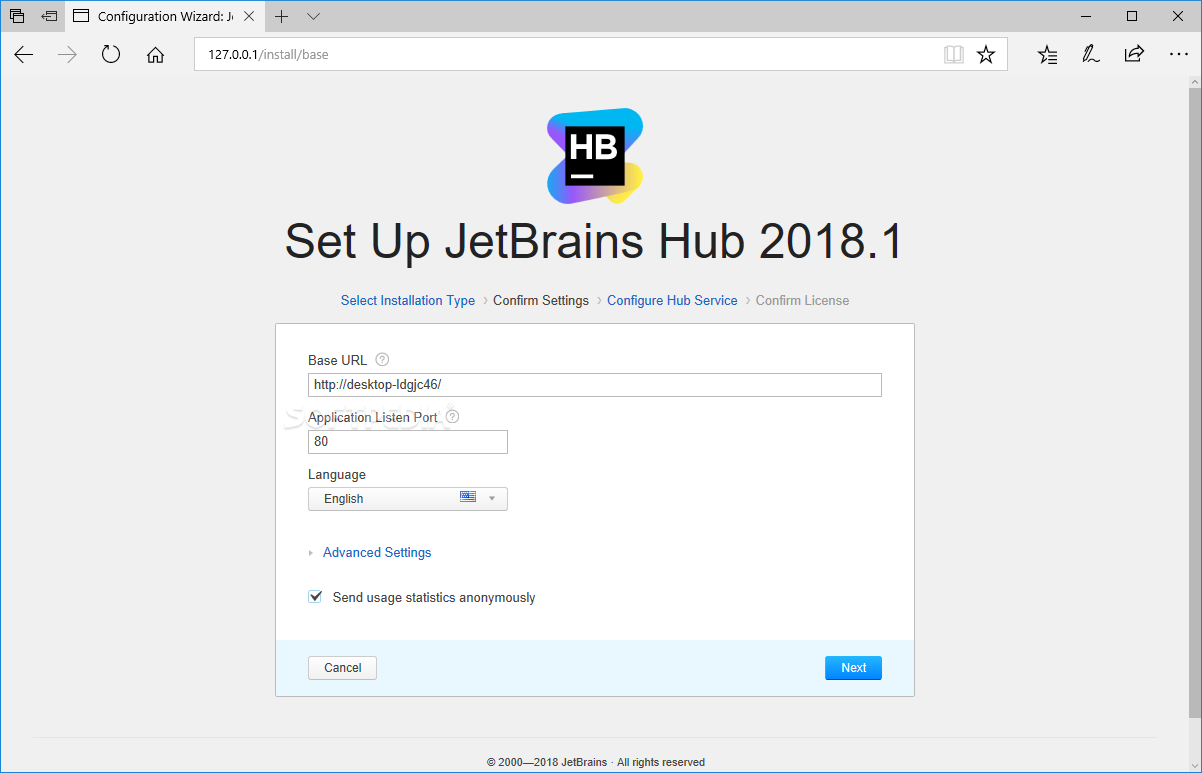

Last but not least: if you’ve never tried DataSpell and are wondering how its Jupyter notebooks’ features look, or just want a quick recap, it’s now easier than ever with the Onboarding Tour embedded right in the IDE. Interactive graphics like Plotly and Bokeh now use the same theme as the IDE does, making it visually appealing for those who use dark themes. Cell outputs received a number of fixes, making work with interactive tables smoother. Writing code in Jupyter is now enhanced by the completion provided by Jupyter runtime and the superclasses extraction action Python script users are familiar with. Further support for notebook cell manipulations with fixes for cell output copy-pasting and group cell manipulations like code to markdown cell conversions have been added. Both local and remote Jupyter notebooks now handle kernel restart requests better. Improvements to the way DataSpell interacts with remote Jupyter servers brought the inclusion of JupyterHub 2.0 support, as well as the ability to copy files from the local machine to remote Jupyter right in the workspace. We’ve received a lot of feedback since then and are doing our best to address it with new features and fixes coming with the new DataSpell 2022.1 release. It’s been quite a while since we released the first public version of DataSpell back in November 2021.

Valeria Letusheva JupyterHub 2.0 support, the ability to copy files to remote Jupyter servers, runtime completion, and the DataSpell Onboarding Tour


 0 kommentar(er)
0 kommentar(er)
